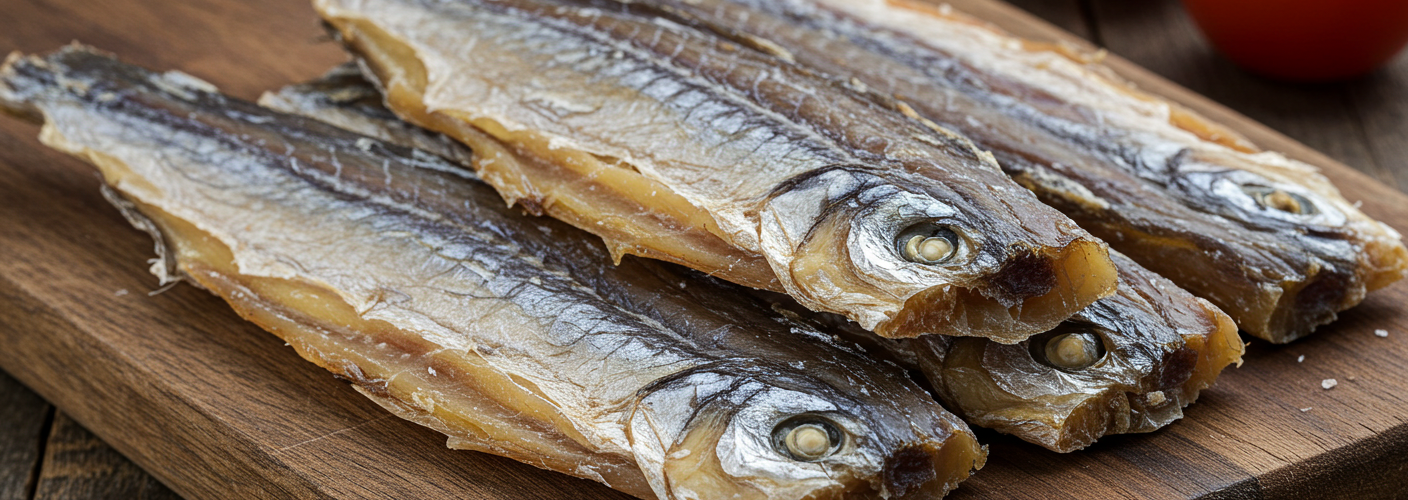Lutefisk, a traditional Nordic delicacy, has fascinated and bewildered food enthusiasts for generations. At its core, lutefisk is dried whitefish, typically cod, that has been reconstituted in a unique and somewhat complex process involving lye. This ancient preservation method reflects the resourcefulness and innovative spirit of coastal Norwegian communities, where fish was a staple food source.
The preparation of lutefisk dates back hundreds of years, deeply intertwined with festive traditions, particularly in Norway and other Nordic countries. The dried fish is first soaked in cold water for several days, then treated with a lye solution. Post-treatment, the fish undergoes another soaking process in fresh water to neutralize the lye and restore its edible qualities. The transformation is remarkable: lutefisk morphs from its original state into a gelatinous, translucent delicacy, boasting a distinctive texture that many would argue is an acquired taste.
Once the lutefisk is ready, it is typically cooked by baking or steaming. The final dish often garnished with melted butter, white sauce, or a sprinkle of simple seasonings, is served alongside traditional accompaniments like boiled potatoes, peas, and in some regions, lefse—a flatbread made from potatoes. The combination results in a hearty meal that is as much about the experience as it is about the flavor.
For those new to lutefisk, the experience can be daunting. The texture is quite different from most mainstream seafood dishes, and its strong fishy aroma can be off-putting for some. However, for many, the unique characteristics of lutefisk evoke nostalgia, connected to family celebrations and cultural heritage. The dish often makes its appearance during special occasions, particularly during Christmas Eve celebrations, where families gather to honor centuries-old traditions and share culinary memories.
The ritual of eating lutefisk comes with its own set of customs. In many Nordic households, lutefisk dinners will start with a toast or a blessing, celebrating not just the food but the act of togetherness. Stories and anecdotes about past dinners, or how the dish has been received by guests unfamiliar with it, are shared among family members, enhancing the experience of the meal.
Lutefisk also plays a role in various community gatherings, especially in areas with significant Nordic-American populations. Festivals and gatherings where lutefisk is served can become lively events, highlighting the dish’s importance in preserving cultural identity. Each community develops its way of celebrating this unique fish, often adding local flavors or traditions to the meal.
In recent years, there has been a resurgence of interest in traditional foods like lutefisk, spurring new generations to explore their heritage. Chefs are experimenting with modern twists on the classic recipes, incorporating flavors and presentation styles that appeal to younger diners while maintaining the authenticity of this historic dish.
In conclusion, lutefisk, with its intriguing preparation and rich cultural background, remains a symbol of the deep-rooted traditions of Nordic cuisine. While it might not be for everyone, its place in festive meals around the world is undoubtedly celebrated by those who share a passion for unique culinary experiences. Whether seasoned with familiar flavors or approached with an open mind, lutefisk invites people to gather, reminisce, and honor the past, one bite at a time.




Add comment